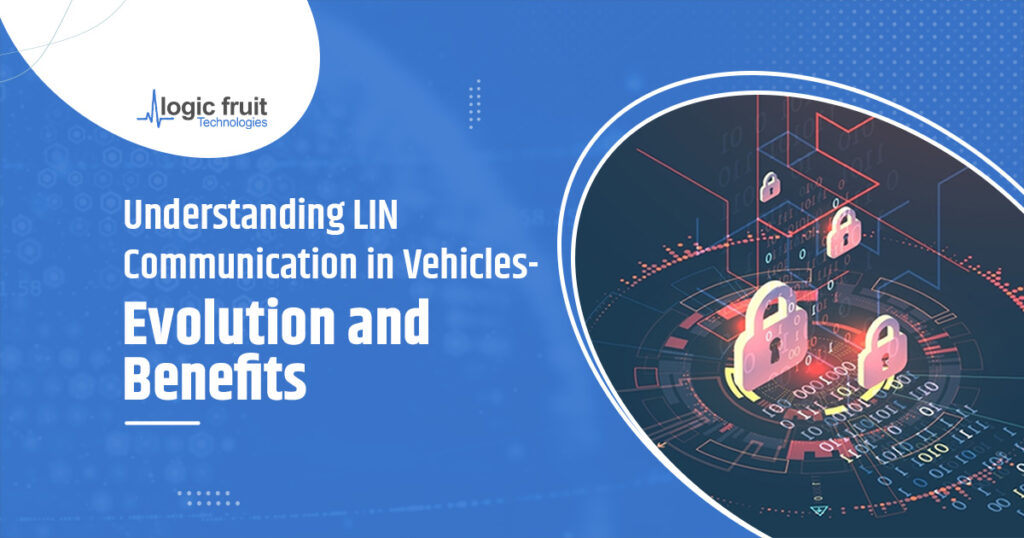A key component in enabling communication between parts within cars is the Local Interconnect Network, or LIN Bus.
Created to be a supplement to the more intricate CAN Bus system, LIN provides a less expensive way to link different components of an automobile’s network.
The Local Interconnect Network, or LIN Bus, is a crucial device that facilitates communication between components within automobiles.
A LIN A data structure called a bus message frame is used to transfer data between networked equipment in cars.
It is composed of components such as the response, which has the data and checksum for error checking, and the header, which provides synchronization and identifier bytes.
With time, further versions of the Local Interconnect Network bus protocol with different features and functionalities have been produced.
The most popular version of Local Interconnect Network is 2.0, which offers data transfer speeds of up to 19.2 kbps and sufficient bandwidth for most uses in a vehicle’s electrical system.
Yet as automobile systems became more complex and required greater data transfer speeds, new variants like Local Interconnect Network 2.1, Local Interconnect Network 2.2, and Local Interconnect Network 2.3 have appeared.
The Local Interconnect Network (LIN) is examined in this infographic, which also includes information on its applications, history, and framework.
It describes how LIN works with car communication systems and emphasizes the advantages of LIN master-slave solutions from Logic Fruit for improved integration and performance.
LIN Communication in Vehicles – Evolutionary Milestones and Advantages











